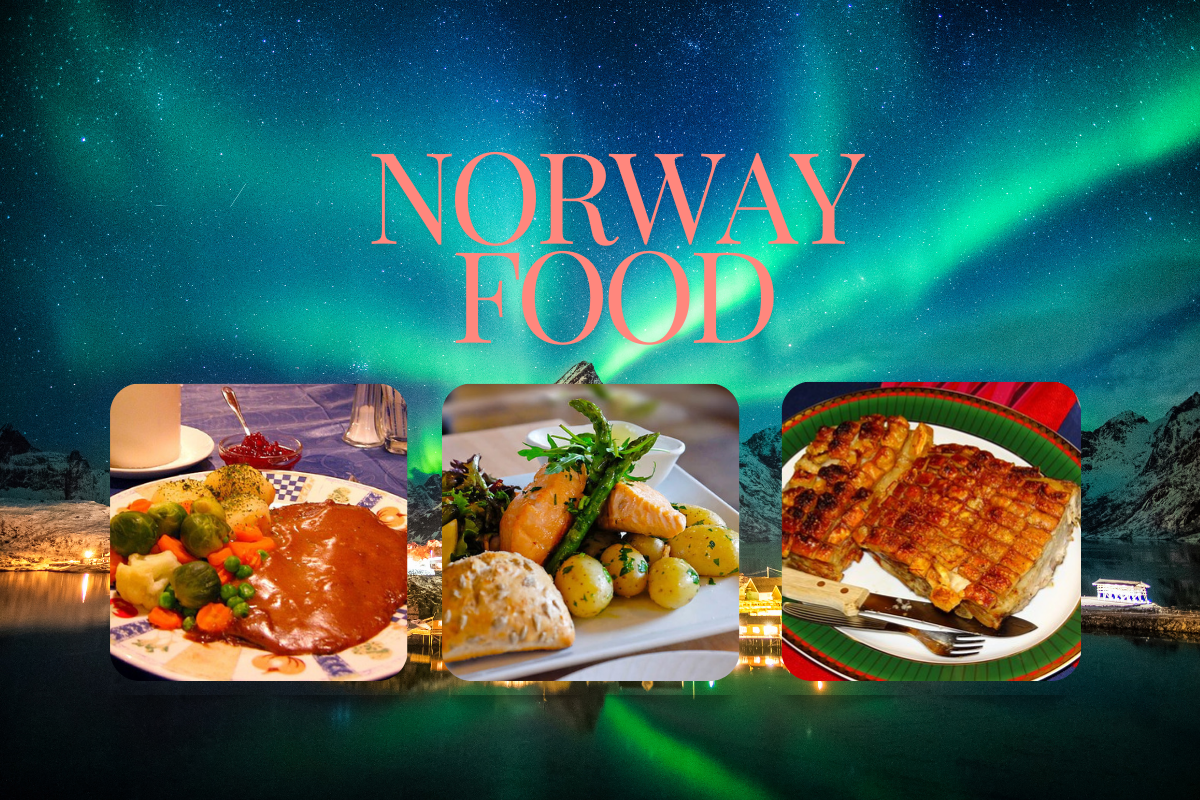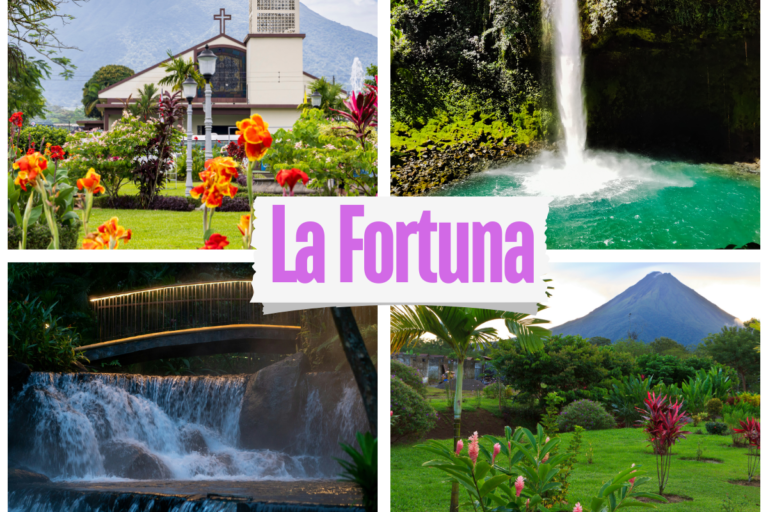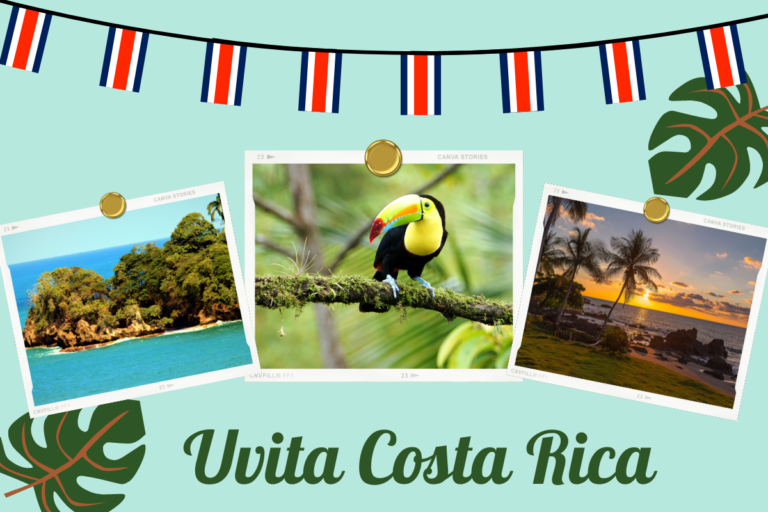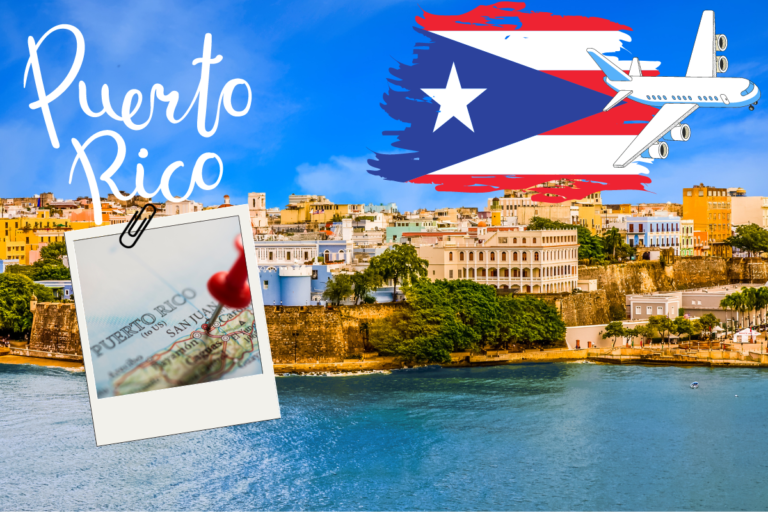Norwegian Food: Journey Of Aroma & Rich Flavors
Heading to Norway for the first time but worrying about what to eat? Fear not! This guide will take you on a mouthwatering journey through Norwegian foods from traditional to modern dishes.
Norway’s food has rich, vibrant flavors, and reflects the country’s traditions. Each dish reflects Norway’s unique climate, geography, and cultural influences, revealing a world of fresh ingredients and delicious tastes.
From iconic classics to hidden gems, there’s a whole range of Norwegian foods you should try. Explore our delicious blog and embark on a culinary adventure. Let’s dig in and savor the best of Norway foods!
1. Traditional Norwegian Food
Traditional Norwegian food often reflects the country’s rugged landscape and long history. Here are some classic dishes:
1. Kjøttkaker (Norwegian Meatballs)
Kjøttkaker is the most delicious dish among Norway’s food. It uses minced beef and various spices for flavor. These meatballs are more substantial than their Italian or Swedish counterparts, with a rich flavor and an excellent texture. It not only includes traditional flavors but countless memories belong with it, which makes it Norway’s standard dish.
Main Ingredients
- Ground beef
- Bread crumbs or flour
- Salt and Pepper
- Allspice or nutmeg (optional, for additional flavor)
- Grated onions or finely chopped vegetables (optional, for moisture and flavor)
- Cream or milk (optional, for gravy)
Preparation Process
Kjøttkaker is typically made from a blend of ground beef and pork, but you might see variations. The meat is seasoned with a mixture of salt, pepper, and occasionally allspice or nutmeg to improve its flavor. To obtain a cohesive texture, bread crumbs or flour are added to the meat mixture.
After thoroughly combining the ingredients, the mixture is shaped into round or oval meatballs. These meatballs are then pan-fried in a combination of butter and oil until they form a golden-brown crust. Once cooked, Kjøttkaker is ready to be served!
Popular Accompaniments
- Potatoes (boiled or mashed)
- Lingonberry sauce
- Steamed or sautéed vegetables (such as carrots or peas)
- Flatbread
2. Raspeballer (Potato Dumplings)
Raspeballer, also known as potato dumplings. It is a traditional Norwegian food that offers a hearty and comforting experience. These dumplings are made from potatoes and are known for their firm texture and excellent flavor. Moreover, they make a wonderful accompaniment to various main dishes.
Main Ingredients
- Potatoes
- Flour
- Salt
- Baking Powder
- Water or Milk
Preparation Process
Raspeballer preparation begins with grated potatoes. The potatoes should be finely grated to obtain a smooth texture for the dumplings. After grating, they drain the excess moisture using a clean cloth or fine sieve. Grated potatoes are mixed with flour, salt, and a small amount of baking powder, and the mixture is mixed thoroughly to form a dough.
The dough is shaped into round or oval dumplings and boiled in a pot of salted water. It cooks until it rises to the surface and becomes firm. Now It’s ready to eat!
Popular Accompaniments
- Meat Stew
- Sausages
3. Lutefisk
Lutefisk is one of the strange Norwegian foods also enjoyed in Sweden and some parts of Finland (known as lipeäkala). Dried fish, usually cod, undergoes a unique and lengthy preparation process involving lye. The preparation of lutefisk is both a science and an art, resulting in a unique treat that holds a place in the list of best Norway food.
Main Ingredients
- Dried cod
- Lye (sodium hydroxide)
- Water
- Salt
Preparation Process
The journey to lutefisk begins with drying and salting the fish. This preservation method extends the fish’s shelf life and gives it an excellent flavor. The dried fish is then soaked in a lye solution, an alkaline substance that swells the fish and gives it a texture.
After soaking, the fish is thoroughly rinsed to remove excess lye. It is then submerged in fresh water for several days. Once rehydrated, the lutefisk is ready for cooking. It is typically steamed or baked until it reaches the desired tenderness. This traditional preparation showcases a distinctive aspect of Norway’s food culture.
Popular Accompaniments
- Potatoes Boiled or mashed
- Peas
- Bacon
2. Seafood Delights in Norwegian Food
Norway is famous for its seafood, thanks to its long coastline and rich marine life. Some popular Norwegian seafood dishes include:
1. Rakfisk
Rakfisk is a traditional Norwegian dish made from fish that has been fermented. Typically, trout is used, though other types of fish can be used as well. The fermentation process imparts a unique flavor and texture to the fish, making it a unique delicacy in Scandinavian cuisine. When rakfisk emerges from its briny slumber, it is celebrated at nationwide festivals across Norway in the fall, highlighting its special place in Norway’s food culture.
Main Ingredients
- Trout (or other fish)
- Salt
- Water (used in the fermentation process)
Preparation Process
The preparation of rakfisk, a prominent example of Norway’s food traditions, begins with cleaning and gutting the fish. It is then packed in a container with a layer of salt and left to ferment for several weeks to months, depending on the desired level of fermentation. During this period, the fish undergoes a natural fermentation process that develops its unique flavor.
Rakfisk is characterized by a strong, tangy flavor resulting from fermentation, and its texture becomes softer and more clear. Additionally the taste is often described as an acquired one, with a distinctive sourness that reflects the length of fermentation, making it a unique treat in Norwegian cuisine.
Popular Accompaniments
- Flatbread
- Sour Cream
2. Gravlaks
Gravlaks (or gravlax) is a traditional Scandinavian food consisting of salmon that has been cured with a mixture of salt, sugar, and various seasonings. The name “gravlaks” comes from the Swedish words “grav” (grave) and “lax” (salmon), reflecting the historical method of curing fish in a grave-like pit. Gravlaks remain a cherished part of the best Norway food culture.
Main Ingredients
- Salmon fillets
- Coarse salt
- Sugar
- Dill
- Black pepper
- Optional flavorings
Preparation Process
The preparation of gravlaks begins with fresh, high-quality salmon fillets. The fillets are coated with coarse salt, sugar, and sometimes additional flavorings like dill, pepper, and other spices. Once coated, the salmon is wrapped tightly in plastic wrap and placed in the refrigerator.
Depending on the thickness, the curing process generally takes about 2 to 4 days. The result is a delicious, slightly sweet, salty salmon with a smooth, silky texture refined aspect of Norway’s food culture.
Traditional Accompaniments
- Mustard Sauce
- Bread
3. Klippfisk
Klippfisk is a traditional Norway food, made from cod that has been both dried and salted. This preservation method, which involves air-drying the fish on wooden racks in cold, windy climates, has been practiced for centuries. The process results in a product known as stockfish, which is a key component in many classic Scandinavian dishes.
Main Ingredients
- Codfish
- Salt
Preparation Process
The preparation of klippfisk starts with fresh cod that is cleaned and gutted. The fish is then split open and either hung on wooden racks or laid out on flat surfaces to dry. This drying process, which typically lasts several weeks, exposes the fish to the elements.
Once dried, the fish is salted to further preserve it and improve its flavor. The salt draws out any remaining moisture and adds a layer of flavor that complements the drying, resulting in klippfisk, a unique and enduring part of Norway’s food culture.
Popular Dishes
Klippfisk is a versatile ingredient used in various traditional dishes, with one of the most popular Norway foods:
- Bacalao (Fish Stew)
- Fritters
- Casseroles
- Pies
3. Unique Ingredients in Norwegian Food
Explore the unique ingredients of Norway’s food culture, from the rich flavors to the traditional essence. Discover how these ingredients define Norway’s food and contribute to its rich culinary heritage.
1. Rømme (Sour Cream)
It is a traditional Norwegian sour cream that is frequently used in Scandinavian cuisine. Rømme which is included in the best Norway food list known for its creamy texture and tangy flavor, rømme is a core ingredient in many Norway foods and is valued for its ability to add richness and depth to both savory and sweet recipes.
Preparation Process
Rømme is made from cream that has been fermented with lactic acid bacteria. These bacteria ferment the lactose in the cream, producing lactic acid and giving rømme its distinctively tangy flavor.
Typically, rømme is crafted from raw cream, allowing natural bacteria to start the fermentation process. This fermentation adds a rich depth of flavor and makes it a versatile ingredient.
Typical Uses
Rømme is used in a variety of Norway foods and Scandinavian cuisine.
- As a Topping: Rømme is often used as a topping for traditional dishes like rakfisk (fermented fish) and lutefisk.
- In Sauces and Dressings: Rømme is a key ingredient in many sauces and dressings. It is used to make creamy sauces for meat dishes, such as meatballs or roast beef.
- In Baking: In Scandinavian baking, rømme can be used in recipes for cakes and pastries.
- In Soups and Stews: Adding rømme to soups and stews can enrich the flavor and create a creamy texture.
- As a Side Dish: Rømme is sometimes served alongside various dishes as a cooling, creamy contrast. It pairs well with spicy or rich foods, providing a refreshing balance.
2. Brunost (Brown Cheese)
Brunost, also known as brown cheese, is a traditional Norwegian cheese famous for its exceptional caramelized flavor and rich, golden-brown color. This unique Norway food is made from whey, the liquid left over from cheese production, which is then boiled down until it caramelizes, resulting in its characteristic taste and texture.
Production Process
Brunost is primarily made from the whey of goat’s milk, although cow’s milk whey can also be used. The process begins with heating the whey until it reduces and caramelizes. As the whey cooks, the lactose in it caramelizes, giving the cheese its sweet and slightly tangy flavor. After the caramelization process, the mixture is blended with cream. The final product is poured into molds and allowed to cool and set before being sliced and packaged.
Common Uses
Brunost is versatile and can be used in several ways in Norway food:
- On Bread: One of the most popular ways to enjoy brunost is simply on a slice of bread or crispbread.
- In Sauces: This is especially common in traditional dishes like rømmegrøt (a creamy porridge) or fårikål (a lamb and cabbage stew).
- As a Dessert: Due to its sweet flavor, brunost can also be used in desserts.
4. Baking Traditions
Discover Norway’s rich baking traditions with our guide to classic recipes and techniques and explore how Norway’s culinary heritage is celebrated through baked foods.
1. Kransekake
Kransekake is a traditional Norway food. Danish almond cake is renowned for its striking appearance and festive significance. The name “kransekake” translates to “ring cake,” reflecting its unique shape made from a series of concentric rings stacked to create a tower-like structure. This elegant cake is typically prepared for special occasions and celebrations, such as weddings, Christmas, and other significant milestones.
Preparation Process
The batter for kransekake is prepared by mixing ground almonds with sugar and egg whites until it forms a smooth, pliable dough. This dough is then piped into ring shapes and baked until golden brown.
Once baked, the rings are stacked in decreasing sizes to create the iconic tower structure. The cake is often decorated with icing and sometimes decorated with small ornaments or candies.
2. Skillingsboller
Skillingsboller are traditional Scandinavian cinnamon rolls, loved for their soft, sweet, and aromatic qualities. The name “skillingsboller” translates to “shilling buns,” reflecting their historical association with a modest price once equivalent to a shilling. They are commonly enjoyed with a cup of coffee or tea, making them a popular choice for breakfast, brunch, or as a comforting snack.
Preparation Process
The preparation of skillingsboller begins with making the dough, which is kneaded and allowed to rise until it becomes soft and elastic. After rolling out the dough into a rectangle, a cinnamon-sugar-butter mixture is spread over the surface.
The dough is then rolled up tightly and sliced into individual portions. These portions are placed on a baking sheet and allowed to rise again before baking. The outer layer is slightly crisp, while the inside remains soft and flavorful.
3. Julekake
Julekake is a traditional Norway food that is particularly eaten during Christmas. This cake embodies the festive spirit of the holiday season. This rich, aromatic bread is decorated with fruits and spices, making it a beloved part of Christmas celebrations in Norway. The name “julekake” translates to “Christmas cake,” highlighting its special role in holiday feasts.
Preparation Process
The preparation of julekake begins with making the dough, which is kneaded and allowed to rise until it becomes light and airy. Once the dough has risen, it is mixed with the dried fruits and spices and then shaped into a loaf.
The loaf is left to rise again before baking, allowing the flavors to meld and the bread to develop its characteristic texture. Julekake has a tender, fluffy texture with a slightly sweet and spiced flavor.
The combination of fruits and spices creates a festive aroma and taste, making it a delightful treat. The bread’s crust is typically golden brown and slightly crisp, while the interior remains soft and moist.
4. Kvæfjordkake (World’s Best Cake)
Kvæfjordkake, often celebrated as the “World’s Best Cake,” is a classic Norwegian dessert that has earned its reputation through a delightful combination of textures and flavors. This multi-layered cake is a celebration of contrasts, featuring a crispy meringue topping, a smooth custard filling, and a nutty almond crust. It is a beloved treat for special occasions and gatherings in Norway.
Preparation Process
The preparation of Kvæfjordkake begins with its almond crust. The crust is created by mixing flour, sugar, butter, and chopped almonds into a dough, which is then spread into a baking pan and baked until it turns golden brown.
While the crust bakes, a rich custard filling is prepared by combining egg yolks, sugar, and milk and cooking the mixture until it thickens.
The final layer is a meringue topping, made by whipping egg whites and sugar. The cake combines a crisp, airy meringue, rich custard, and nutty almond crust, offering a delightful mix of textures and flavors in every bite.
5. Norwegian Desserts
Norwegian cuisine includes a variety of delicious desserts that reflect the country’s rich cultural heritage and traditional ingredients. Here’s a look at some popular Norwegian desserts:
1. Bløtkake
Bløtkake is a quintessential Norwegian dessert that is a key item at birthdays, celebrations, and special occasions. This classic sponge cake is known for its light and airy texture, layered generously with whipped cream and fresh fruit. It embodies the essence of Norwegian festive baking, offering a delightful combination of simplicity and elegance.
Preparation Process
The sponge cake forms the base of this delightful dessert, made with eggs and sugar together until the mixture becomes light and fluffy. Flour and baking powder are then folded in, creating a batter that is poured into cake pans and baked until golden brown.
Once cooled, the cake is sliced into layers. For the frosting, heavy cream is whipped until it reaches stiff peaks, then sweetened and flavored to taste. This whipped cream is used to spread between the cake layers and to frost the top and sides of the cake. To complete the cake, fresh fruit is prepared and arranged on top
2. Multekrem
Multekrem is a cherished Norwegian Christmas dessert that combines the unique flavor of cloudberries with the creamy richness of whipped cream. Traditionally enjoyed during the holiday season, this dessert is a festive treat that reflects Norway’s love for seasonal and local ingredients. The unique tartness of cloudberries balances beautifully with the sweet, airy texture of whipped cream, making multekrem a beloved part of Norwegian Christmas celebrations.
Main Ingredients
- Cloudberries
- Whipped Cream
- Sugar
Preparation Process
The preparation of the cloudberry mixture starts by mixing fresh or thawed cloudberries with a small amount of sugar to upscale their natural sweetness. After that, it folds the sweetened cloudberries into the whipped cream. The result is a light and creamy mixture that showcases the tartness of the cloudberries with each delightful bite.
Best Restaurants in Norway
Here is the list of the best restaurants in Norway you can visit for delicious Norway food:
1. Restaurants in Oslo
2. Restaurants in Trondheim
3. Restaurants in Stavanger
4. Restaurants in Bergen
5. Restaurants in Kristiansand
- TilStede Mat og Mer
- Håndverkeren Restaurant & Pub
6. Restaurants in Fredrikstad
Restaurants in Tromso
- Restaurant Smak
- Art Café Bistro
Norwegian Food Festivals
Explore Norway’s vibrant food festivals and discover a world of culinary delights.
1. Norwegian Seafood Festival
The Norwegian Seafood Festival, known as “Sjømatfestivalen” in Norwegian. This festival is a showcase of Norway’s abundant seafood offerings, highlighting the fresh, high-quality produce. It typically takes place in coastal cities such as Bergen, Tromsø, and Ålesund.
Key Events
- Seafood Tasting: The festival includes a variety of seafood including popular items fresh salmon, cod, and shrimp, and traditional Norway foods like lutefisk and rakfisk.
- Cooking Demonstrations: Famous chefs and seafood experts conduct live cooking demonstrations, showcasing how to prepare and cook different types of seafood.
- Market Stalls: Local fishermen and seafood vendors set up market stalls to sell their freshest catches. This provides festival-goers with the opportunity to purchase high-quality seafood.
2. The Oslo Food Festival
The Oslo Food Festival, also known as “Matstreif”, is a premier food festival in Oslo, Norway. This event is a vibrant celebration of Norwegian cuisine, showcasing a diverse range of local foods and culinary talents. The festival typically takes place in September, transforming Oslo’s city center into a bustling food market.
Key Highlights
- Local Food Stalls: The festival features an extensive array of food stalls. Visitors can sample and purchase a wide variety of Norwegian foods, including artisanal cheeses, cured meats, pastries, and traditional dishes.
- Cooking Demonstrations: Renowned chefs and culinary experts from Norway. These sessions offer practical cooking tips and showcase innovative ways to prepare traditional Norway foods.
- Tasting Experiences: Attendees have the opportunity to taste a wide range of Norway foods, from classic dishes to modern cuisine.
FAQs
What food is Norway famous for?
In fact, reindeer is among the dishes regularly referenced as one of Norway’s local delicacies. Lamb is also frequently included in Norwegian cuisine. Fårikal, a dish made up of boiled mutton and cabbage served with boiled potatoes, is very popular in the country and has been voted the national dish twice.
What is the national dish of Norway?
Mutton and cabbage stew, or “fårikål” in Norwegian, has repeatedly been named Norway’s national dish. It even has its own festive day on the last Thursday in September. Throughout the autumn months, people all around the country arrange lamb stew parties. “The dish is perfect if you want to invite a lot of people.
What are the 4 meals in Norway?
Depending on the timing of family dinner (and personal habit), some may add a cold meal in the late evening, typically a simple sandwich.
- Breakfast (frokost) The basic Norwegian breakfast consists of bread, cheese, and milk.
- Lunch (lunsj)
- Dinner (middag)
- Evening meal (kveldsmat)







